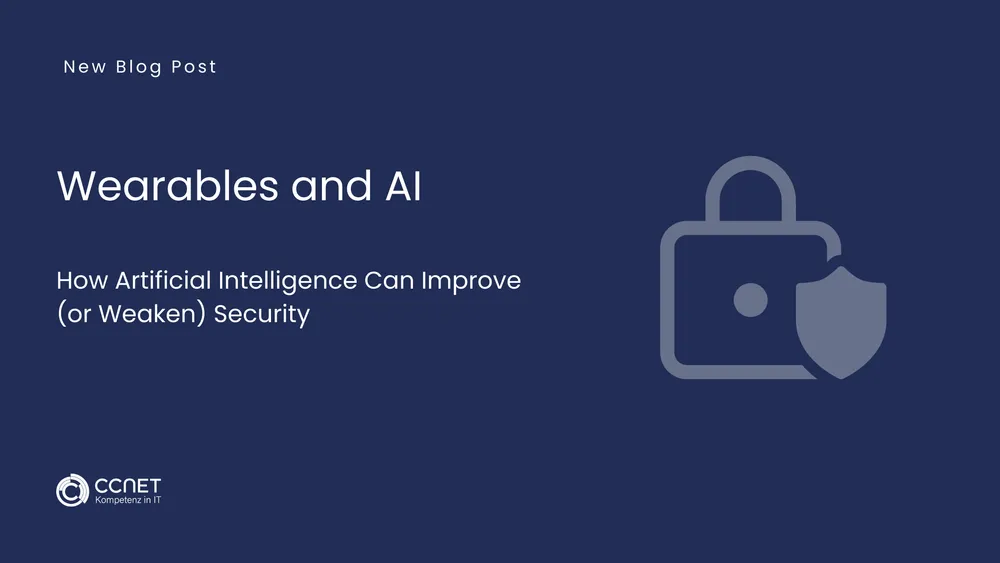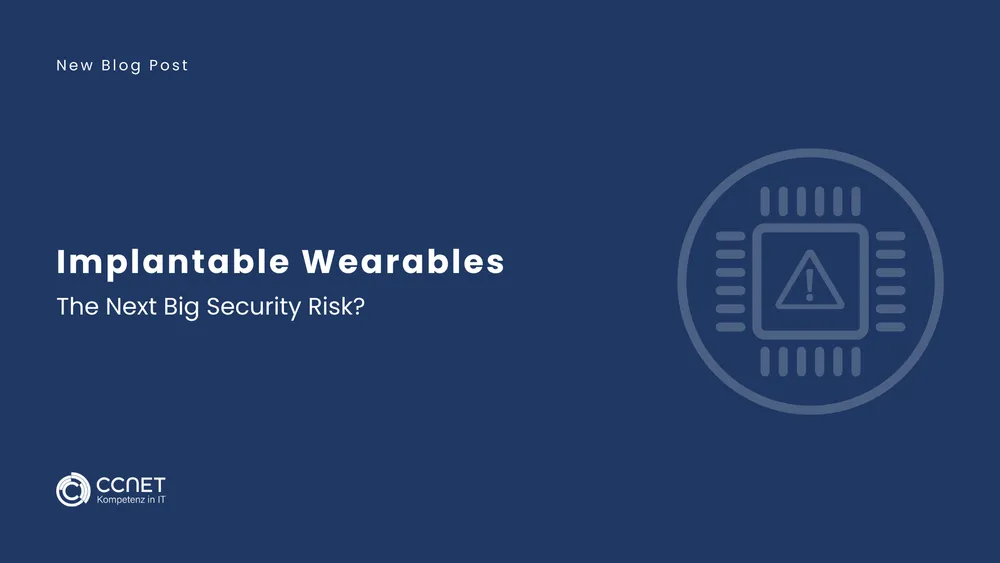
CCNet
Sep 12, 2025 • 2 min read

Cybersecurity and Biohacking: Can Hackers exploit Wearables for Illegal purposes?
Wearables are no longer just smart accessories—they collect, analyze, and transmit health and behavioral data in real time. But as their popularity grows, so does the interest of hackers and cybercriminals. Biohacking, the targeted manipulation of biological systems through technological means, raises the question: Can wearables be used for illegal or dangerous purposes?
1. What Is Biohacking and Why Are Wearables Affected?
Biohacking encompasses a wide range of methods for modifying the body or biological processes using technology. This includes:
- Implantable RFID or NFC chips for authentication or payment
- Brain interfaces and neuro-wearables that measure or stimulate brain activity
- Tampered fitness trackers that generate fake health data
- Hacks targeting medical implants that control vital functions
Since many of these technologies are network-connected, they introduce entirely new attack surfaces for cybercriminals.
2. How Can Hackers Exploit Wearables for Illegal Purposes?
Wearables are often insufficiently secured and can be misused in several ways:
- Manipulation of health data: Fake values can influence diagnoses, insurance decisions, or skew results in medical studies
- Attacks on smart implants: Insecure pacemakers or insulin pumps could be hacked and used for extortion
- Identity theft through biometric exploits: Hackers could use compromised wearables to gain access to protected systems
- Use as botnet nodes: Poorly secured wearables can be hijacked unnoticed and used in large-scale cyberattacks
3. Protective Measures Against Cyberattacks and Biohacking
To protect against potential threats, users and manufacturers must take action together:
- Strong encryption and secure authentication for all data transmissions
- Regular security updates for firmware and companion apps
- Decentralized storage of sensitive data instead of relying on insecure cloud services
- Strict access controls for connected wearables and medical implants
- User awareness campaigns about security risks and potential threats
4. Conclusion: Balancing Innovation and Security
Wearables and biohacking open up fascinating possibilities but also present serious risks. Manufacturers must build robust security concepts into their products from the outset, while users must stay aware of the dangers. Cybersecurity will play a crucial role in ensuring that these technologies are used safely and responsibly.
With this article, we conclude our in-depth blog series on the opportunities and challenges of wearables. We hope the topics covered have provided valuable insights and contributed to strengthening security and data protection in the field of connected health devices.


